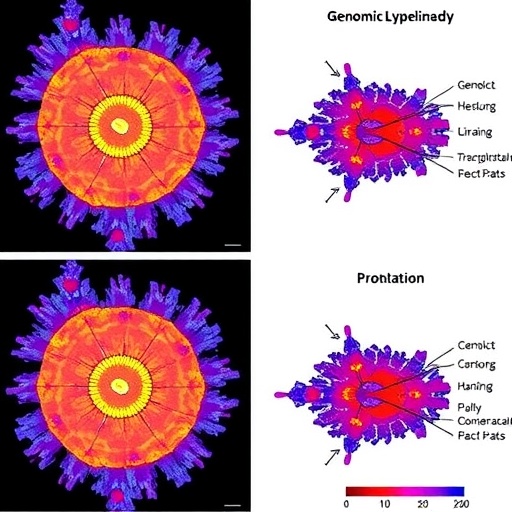Amsterdam, NL, June 19, 2017 – Spasticity, uncontrolled muscle contractions, is a common disorder experienced by patients with spinal cord injuries (SCI). Previous studies have shown that excitatory repetitive transcranial magnetic stimulation (rTMS) can reduce spasticity. In a new study published in Restorative Neurology and Neuroscience, researchers found that a protocol of rTMS, excitatory intermittent theta burst stimulation (iTBS), was successful in reducing spasticity in patients with SCI and therefore may be a promising therapeutic tool.
"The aim of this study was to assess whether a different rTMS protocol may have significant beneficial clinical effects in the treatment of lower limb spasticity in SCI patients, namely iTBS, a safe, non-invasive and well-tolerated protocol of rTMS. Patients receiving real iTBS, compared to those receiving sham treatment, showed significant improvement," explained lead investigator Raffaele Nardone, MD, PhD, Paracelsus Medical University, Salzburg, Austria, and the Franz Tappeiner Hospital, Merano, Italy.
Ten patients with chronic SCI, classified as grades C or D according to the American Spinal Cord Injury Association Impairment Scale, participated in the study. Five received real treatment and the remaining five received sham treatment. After two months, the sham group was switched to real iTBS and the study continued. All eligible patients took antispastic medications and received physical therapy, both before and after the study.
Patients receiving real iTBS showed significant positive effects in several measurements of nerve function, suggesting increased cortical excitability and decreased spinal excitability. Other improvements measured by the Modified Ashworth Scale and the Spinal Cord Injury Assessment Tool persisted up to one week after the end of the iTBS treatment.
Motor-evoked potentials (MEP) were measured in the soleus, or calf muscle, during magnetic stimulation over the most responsive area of the scalp. M-wave and H reflexes, which are measures of muscle contractions due to stimulation of the tibial nerve, were assessed for each subject and a Hmax/Mmax ratio was determined. These measurements were used to assess any changes in spasticity over the two-week stimulation period and the four weeks afterwards.
"Although this study has a small sample size and validation with data from a larger group of patients is needed to confirm the results, our findings clearly suggest that iTBS can be considered as a promising tool for the treatment of spasticity in patients with traumatic SCI and perhaps for other pathological conditions. In comparison with standard rTMS protocols, iTBS represents a more feasible approach because of lower stimulation intensity and shorter duration of application in each single session," commented Dr. Nardone.
###
Media Contact
Diana Murray
[email protected]
718-640-5678
@IOSPress_STM
http://www.iospress.com
http://dx.doi.org/10.3233/RNN-160701
############
Story Source: Materials provided by Scienmag




